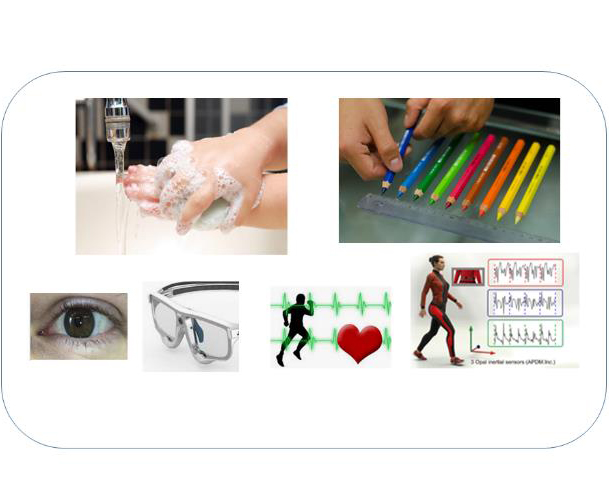Smart sensor technology in telepsychotherapy for children and adolescents SStep-KiZ

Research Area:
Clinical Movement Control and real-life Behavior Analysis for Assistive SystemsResearchers:
Winfried Ilg; Annika Thierfelder; Michael Stettler; Jana Lang; Jens Seemann; Martin A. Giese;Collaborators:
Gottfried Barth (University Tübingen UKT Psychiatrie); Karsten Hollmann (University Tübingen UKT Psychiatrie); Tobias Renner (University Tübingen UKT Psychiatrie); J. Primbs M. Menth (University Tübingen Dep. Communication Networks); E. Kasneci (University Tübingen Perception Engineering); Th. Kuebler (University Tübingen Perception Engineering)Description:
Through the use of sensors that can be worn in everyday life and an intelligent analysis of multi-modal sensor data, SSTeP-KiZ aims to significantly improve the treatment options for mentally ill children and adolescents with obsessive-compulsive disorders. In doing so, telepsychotherapeutic treatment of affected children and adolescents in their home environment is to be supported by integrating data collected via sensors. SSTeP-KiZ will use a combination of movement data, image acquisition, eye tracking and physiological markers such as heart rate, heart rate variability and pupillometry to draw conclusions about emotional state and stress reactions to symptom-triggering stimuli and further on the progress of therapy.
By integrating the various data modalities, multivariate analysis procedures with machine learning will be used to objectify stimuli with regard to their significance for the disease. The extraction and integration of sensor data from the ecologically valid home environment enables a considerable improvement in therapy planning and implementation, especially for children and adolescents, since the independent feedback on symptom complexes required in the previous therapeutic procedure is often limited due to developmental and disease-related factors.
This project has received funding from the German Federal Ministry of Health, ZMWI1-2520DAT700.
